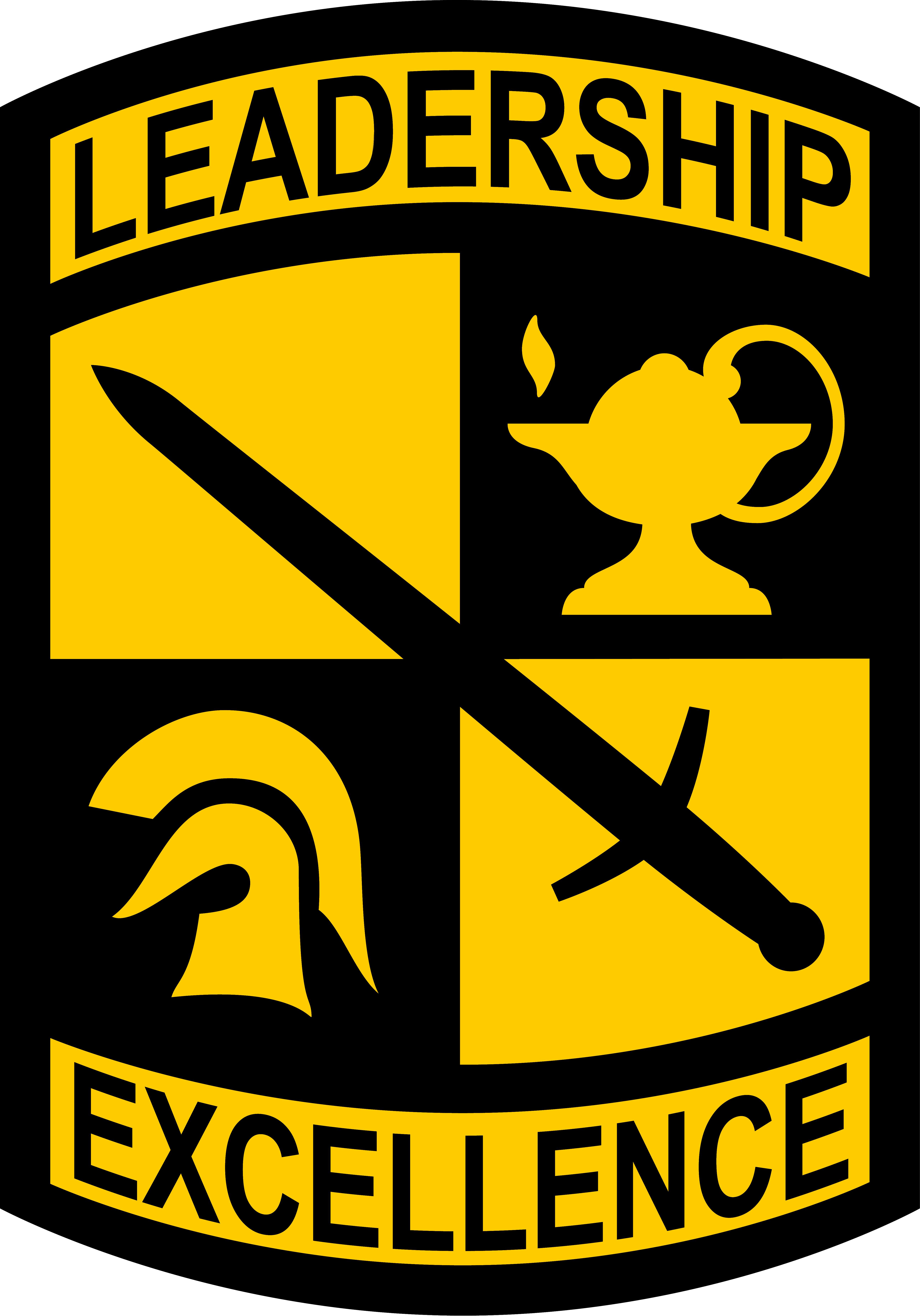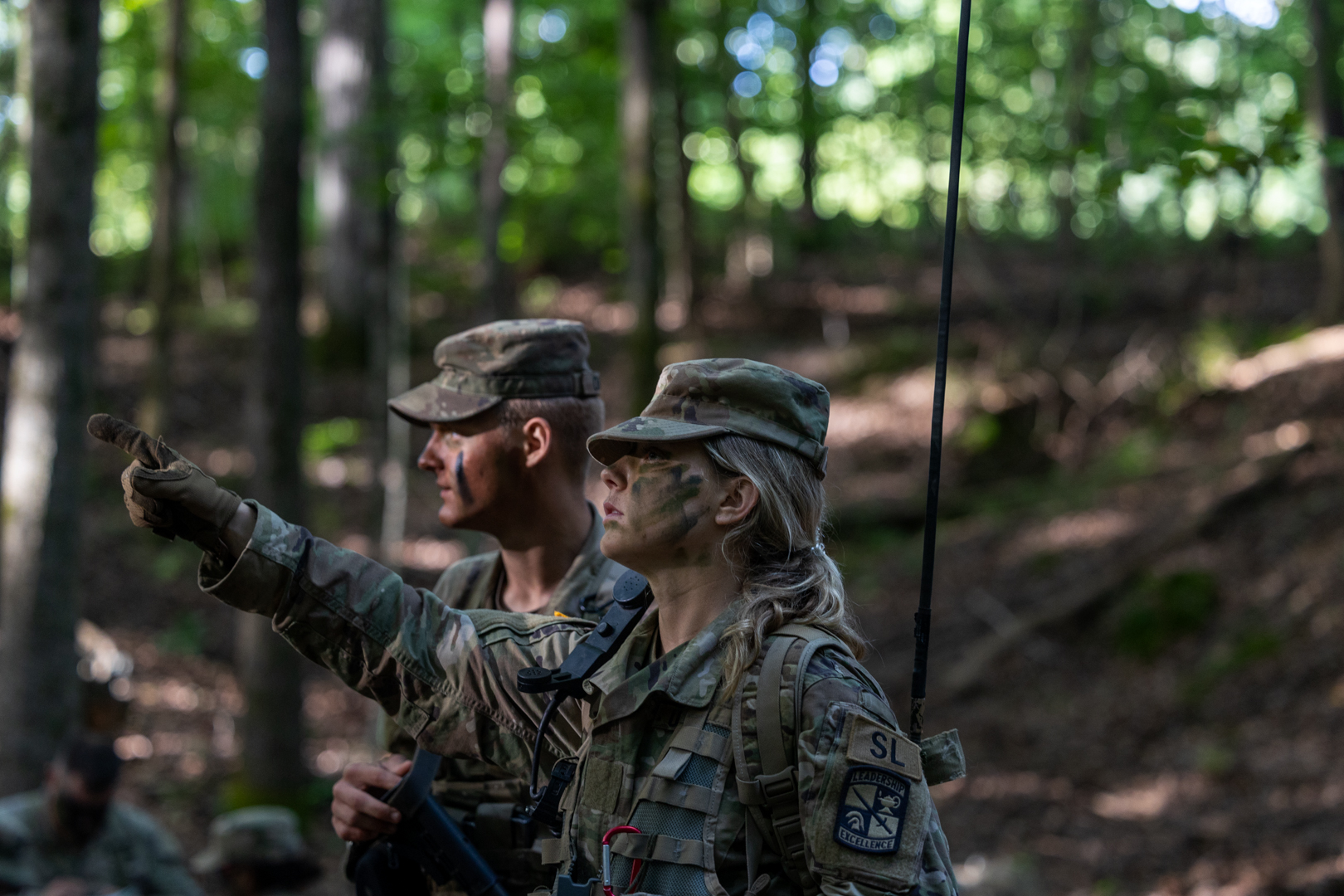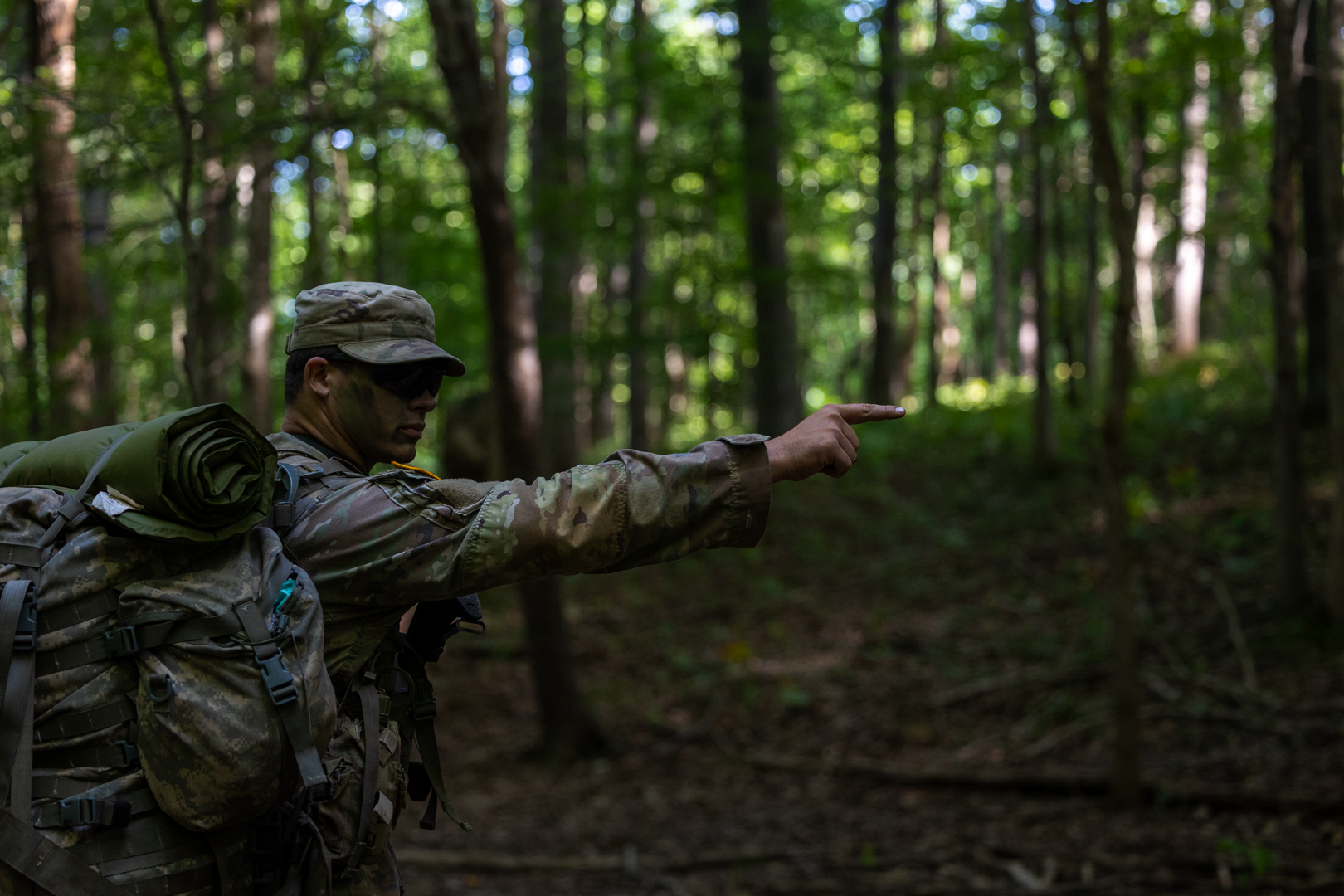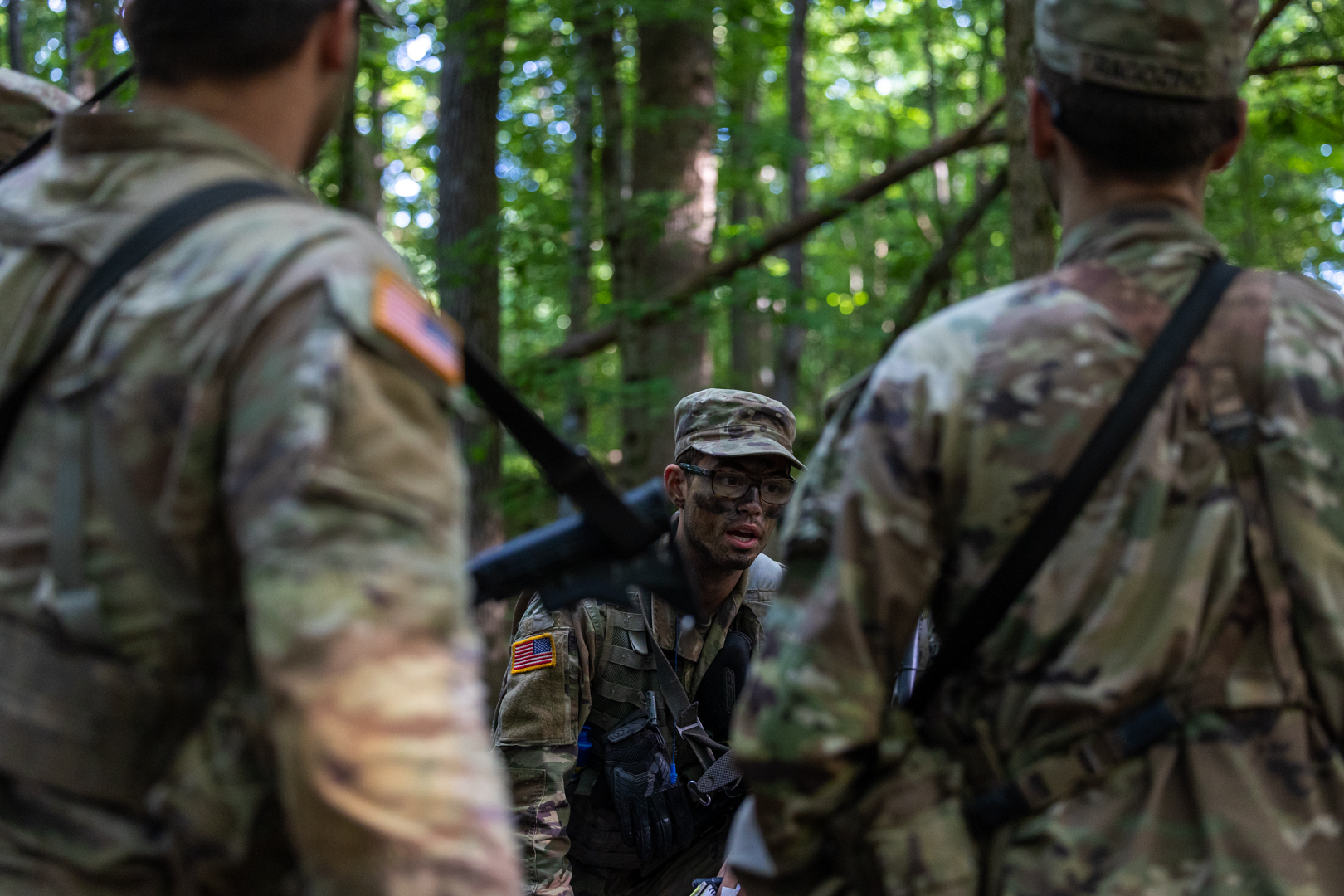FORT KNOX, KENTUCKY — Over the course of Cadet Summer Training, Cadets practice a number of field tactics and methods. On July 2, 2024, Cadets with 2nd Regiment put everything they have learned up until now to the test during the grizzly phase of their Field Training Exercise. This phase is predominantly Cadet lead, allowing most Cadets to practice their leadership skills in various leadership positions. Cadre assigned with the Regiment are simply evaluators and observe how squads work together and attempt to complete the mission.
During this phase, Cadets are only given a few more opportunities to highlight their leadership skills as this is one of the last graded events before the highly anticipated graduation.
“The goal of grizzly is to help further develop Cadets in not only leadership but in tactics as well,” said Cadet Joshua Birky from North Carolina State University. “Grizzly is also used to get Cadets used to working in non-permissible environments that constantly change and adapt.”
Throughout the first two FTX phases, wolverine and panther, Cadets learn how to employ their knowledge from CST to better understand the purpose of the mission and how to maneuver the environment with the assistance of Cadre. Grizzly however, the Cadets take the lead and ensure that they use their teamwork to eliminate the enemy.
“We are really trying to ensure we are maintaining our teamwork and taking all of the things we have learned over the last two phases and employ them together to make sure we can execute each mission the best we can and grow from our learnings,” said Cadet Aubree Votava, from the University of Alabama.
Teamwork is at the heart of grizzly phase. Taking what they have learned in the previous two phases, Cadets have learned who is what kind of leader and how they lead but during this phase they must adapt to new leadership during every mission.
While the goal of CST is for Cadets to become more well-rounded leaders, there are also plenty of opportunities for Cadets to practice also being an attentive follower.
“All of what we have learned falls back on teamwork. It is important to be a leader, but I also think that it is also important to be a follower,” Votava said. “Being a good leader makes your followers more confident in you.”
Sometimes, being a follower can have more of an impact than leading. When being the follower, Cadets have more time to think about how they are going to take what their leader has tasked them with and apply it to the best of their ability with the skills they do have.
“Knowing when it is your place and when it is not, given the situation. When you are not in a leadership position, you want to help out your fellow squad members and successfully complete the mission. Sometimes the most important thing you can do is let your leader know that they have the necessary support at all times,” Votava said.
After grizzly phase, Cadets will be able to use their newly formulated leadership skills throughout the conclusion of CST and into the beginning of their Army officer careers.





